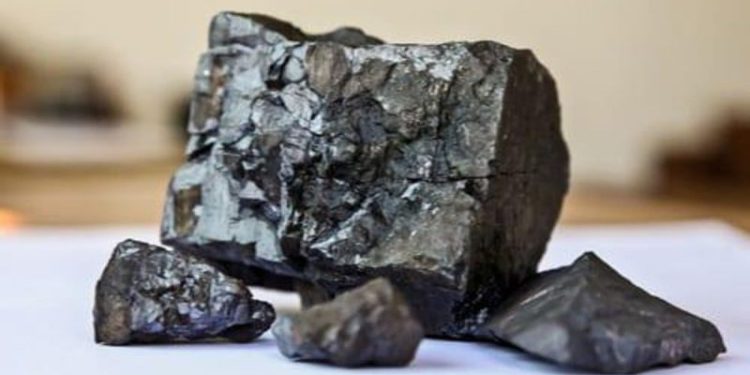“Unlocking 2024: Trend Analysis of the Manganese Market
The manganese market is one of the largest and most heavily traded goods in the world. It is a key ingredient used in steel production, and its presence is vital for a wide range of industrial applications. Manganese is so widely used that its global demand has continued to grow in recent years, despite economic downturns. As demand for this metal increases, so too does its price. In this article, we will discuss the manganese market forecast and the top trends that will impact manganese production and prices over the course of the next four years.
The global market for manganese ore is worth an estimated US$9.7 billion in 2021. This is a 6.8% increase from 2019. This growth is expected to continue, with further increments of 3.9% and 4.1% expected in 2022 and 2024 respectively. This is largely attributed to the increasing demand for manganese in developing countries and the rising price of manganese ore and manganese alloys. As demand for these products rises, so too does the value of manganese in the global marketplace.
One of the key factors driving the global manganese market is the growing need for electrolytic manganese metal (EMM). This is an extremely important chemical compound for the production of different types of steel alloys and stainless steel products. Its use in manufacturing continues to grow, and with it the demand for manganese in the global market. As such, EMM has become the primary source of manganese ore and manganese alloys.
Another factor driving the demand for manganese in the global market is the increasing demand for rechargeable batteries. Manganese is used in the production of lithium-ion batteries, which are finding increasing applications in the growing electric vehicle industry. This has been a major contributor to the accelerating manganese market growth, and this trend is expected to continue over the next four years.
It is also projected that the use of manganese in low-carbon steel production will further increase over the next couple of years. This will be in response to government initiatives and regulations designed to reduce the environmental impact of steel production. As these regulations become more stringent, more and more steel producers are turning to manganese as an alternative to more conventional and more carbon-intensive steel production processes.
Ultimately, the manganese market is set to experience continued growth in the future. The aforementioned factors, coupled with the fact that manganese imports are increasing across the globe, will ensure that demand for the metal remains strong over the next four years. With manganese prices also expected to rise, the future of the manganese market appears to be very bright indeed.
The manganese market is one of the largest and most heavily traded goods in the world. It is a key ingredient used in steel production, and its presence is vital for a wide range of industrial applications. Manganese is so widely used that its global demand has continued to grow in recent years, despite economic downturns. As demand for this metal increases, so too does its price. In this article, we will discuss the manganese market forecast and the top trends that will impact manganese production and prices over the course of the next four years.
The global market for manganese ore is worth an estimated US$9.7 billion in 2021. This is a 6.8% increase from 2019. This growth is expected to continue, with further increments of 3.9% and 4.1% expected in 2022 and 2024 respectively. This is largely attributed to the increasing demand for manganese in developing countries and the rising price of manganese ore and manganese alloys. As demand for these products rises, so too does the value of manganese in the global marketplace.
One of the key factors driving the global manganese market is the growing need for electrolytic manganese metal (EMM). This is an extremely important chemical compound for the production of different types of steel alloys and stainless steel products. Its use in manufacturing continues to grow, and with it the demand for manganese in the global market. As such, EMM has become the primary source of manganese ore and manganese alloys.
Another factor driving the demand for manganese in the global market is the increasing demand for rechargeable batteries. Manganese is used in the production of lithium-ion batteries, which are finding increasing applications in the growing electric vehicle industry. This has been a major contributor to the accelerating manganese market growth, and this trend is expected to continue over the next four years.
It is also projected that the use of manganese in low-carbon steel production will further increase over the next couple of years. This will be in response to government initiatives and regulations designed to reduce the environmental impact of steel production. As these regulations become more stringent, more and more steel producers are turning to manganese as an alternative to more conventional and more carbon-intensive steel production processes.
Ultimately, the manganese market is set to experience continued growth in the future. The aforementioned factors, coupled with the fact that manganese imports are increasing across the globe, will ensure that demand for the metal remains strong over the next four years. With manganese prices also expected to rise, the future of the manganese market appears to be very bright indeed.










